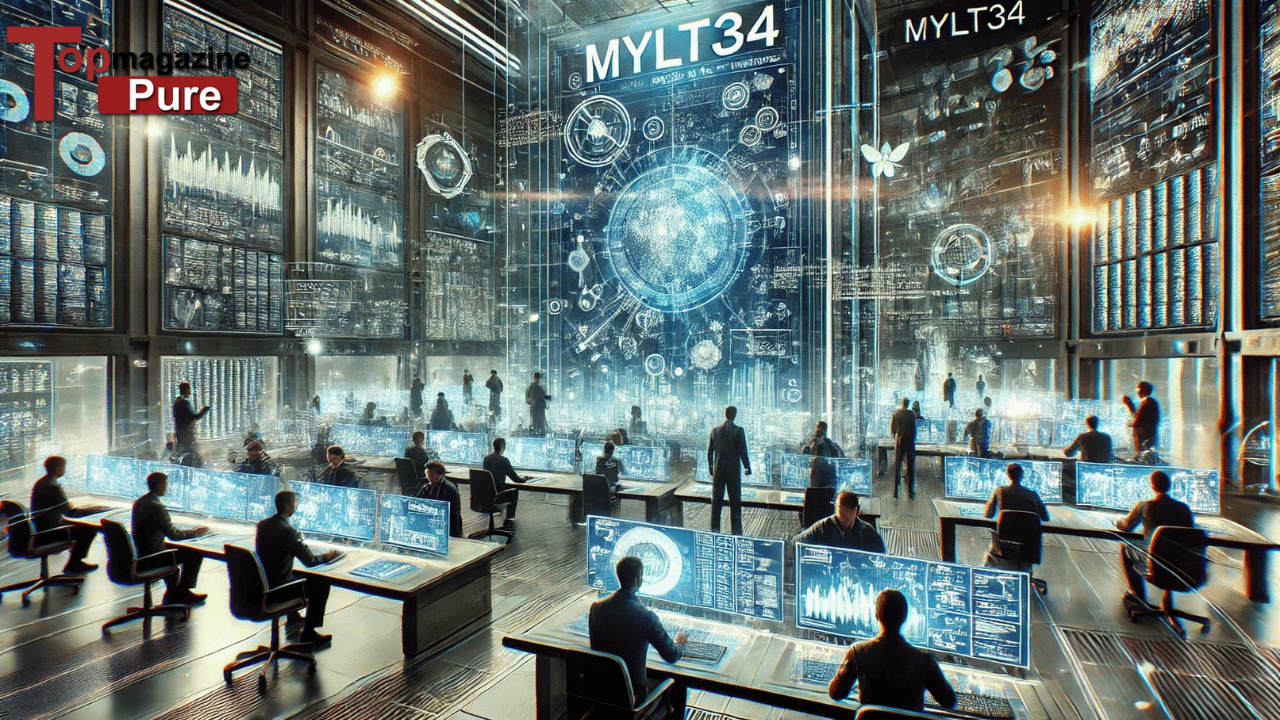In today’s fast-paced world, technology has become the backbone of almost every aspect of our lives. Whether through communication, entertainment, education, or business, we increasingly depend on digital tools and platforms. The concept of digital tech time encapsulates this shift in human activity, emphasizing how much time we spend engaged with digital technologies and how they shape the way we live, work, and interact with the world.
What is Digital Tech Time?
Digital tech time refers to the time individuals and organizations spend using digital devices, such as smartphones, computers, and tablets, or engaging with digital platforms like social media, apps, websites, and streaming services. It reflects the increasing importance of digital interactions in our daily routines. Digital tech time is intertwined with various activities, from working remotely to ordering food online.
The concept also includes the time spent developing and deploying digital technologies in business settings, where productivity, communication, and innovation heavily depend on technological tools. This growing trend emphasizes the importance of understanding and managing our digital time, as it has far-reaching implications for personal well-being and professional success.
The Impact of Digital Tech Time on Daily Life
Digital Tech Time in Communication
One of the most visible aspects of digital tech time is its influence on communication. Gone are the days when phone calls and letters were the primary means of staying in touch. Today, people rely heavily on digital tools such as instant messaging, social media, and video calls. This shift has made communication more accessible and increased the time we spend engaging with digital devices.
While digital tech time has enhanced our ability to stay connected with friends, family, and colleagues, it can also lead to digital overload. Constant notifications and the expectation of being always available can create stress, leading individuals to struggle balancing their time between online interactions and offline activities.
Digital Tech Time in Work and Business
Digital tech time has revolutionized the way we work. Remote work, virtual meetings, cloud-based collaboration, and project management tools have made it easier for businesses to operate efficiently, even across international borders. These tools have become indispensable for many industries, saving time and resources.
However, the increasing dependence on digital tools in the workplace has downsides. Employees often report feeling overwhelmed by the sheer amount of time spent online. Email, notifications, and virtual meetings can make concentrating difficult and lead to burnout. As organizations continue to digitize, finding ways to manage digital tech time effectively has become a top priority.
Digital Tech Time in Education
The rise of e-learning platforms, online courses, and digital classrooms has marked a new era for education. Digital tech time has transformed how students learn, offering flexible, accessible options that cater to a wide range of learners. Students can attend classes from anywhere and have unprecedented access to knowledge.
However, the increase in screen time comes with challenges. For students, excessive digital tech time can lead to distractions, reduced attention spans, and physical strain from prolonged use of devices. Balancing the benefits of digital education with the potential drawbacks is essential for maintaining an effective and healthy learning environment.
Digital Tech Time in Entertainment and Media
Digital tech time has also reshaped the entertainment industry. Streaming platforms, video games, social media, and online content have become millions of people’s primary entertainment sources. The convenience of accessing entertainment at any time has created a culture of on-demand consumption.
However, with increased consumption comes the risk of over-reliance on digital media. Many individuals find themselves spending more time in front of screens, leading to issues like digital addiction, reduced physical activity, and social isolation. Maintaining well-being is crucial to finding a healthy balance between enjoying digital entertainment and engaging in offline activities.
The Benefits of Digital Tech Time
While there are clear challenges associated with excessive digital tech time, there are also significant benefits when used wisely.
Increased Access to Information
The internet has made information more accessible than ever before. Digital tech time spent on research, reading, and learning opens opportunities for personal growth and professional development. From online courses to tutorials, individuals can now acquire skills and knowledge that were previously difficult to access.
Enhanced Productivity and Efficiency
Digital tools have streamlined many tasks, allowing us to accomplish more in less time. Automated systems, data analysis, and digital collaboration tools make businesses more productive, reducing manual labor and increasing efficiency. The time saved can then be invested in more meaningful or creative activities.
Opportunities for Innovation
Digital tech time spent on creative projects, experimentation, and innovation has led to the development of groundbreaking technologies and ideas. Entrepreneurs and tech innovators often use their digital time to create new products, services, and platforms that solve real-world problems and improve our quality of life.
Managing Digital Tech Time for Better Health and Productivity
Setting Boundaries
Individuals and organizations need to set clear boundaries around digital tech time to prevent burnout and digital overload. This may involve limiting screen time, turning off notifications during certain hours, or creating designated digital-free spaces in the home or workplace.
Prioritizing Offline Activities
While digital tech time can offer immense value, it’s important to balance it with offline activities that promote physical health and mental well-being. Engaging in outdoor activities, socializing in person, and practicing mindfulness can help reduce the negative effects of excessive screen time.
Using Digital Tools Mindfully
Not all digital tech time is created equal. Being mindful of how we use our time online can significantly impact our overall productivity and well-being. Instead of mindlessly scrolling through social media, we can use digital tools that add value to our lives, such as learning new skills, staying connected with loved ones, or advancing our careers.
The Future of Digital Tech Time
As technology continues to evolve, digital tech time will likely increase across all sectors of life. Emerging technologies like artificial intelligence (AI), virtual reality (VR), and augmented reality (AR) are set to play even bigger roles in the future, further integrating digital tools into our daily routines.
However, as we spend more time in digital spaces, finding ways to manage this time will become increasingly important. Governments, businesses, and individuals will need to work together to ensure that the benefits of digital tech time are maximized while minimizing the potential downsides.
Conclusion: The Balance of Digital Tech Time
In the modern world, It is a double-edged sword. It offers unprecedented opportunities for communication, education, work, and entertainment but also presents challenges related to time management, mental health, and social well-being. Striking a balance between digital and offline time is key to harnessing the full potential of technology while maintaining a healthy and fulfilling life.
As we move into an increasingly digital future, understanding the role of digital tech time in our lives will be essential. By using digital tools mindfully, setting boundaries, and prioritizing offline activities, we can ensure that our engagement with technology enhances, rather than detracts from, our overall well-being.







